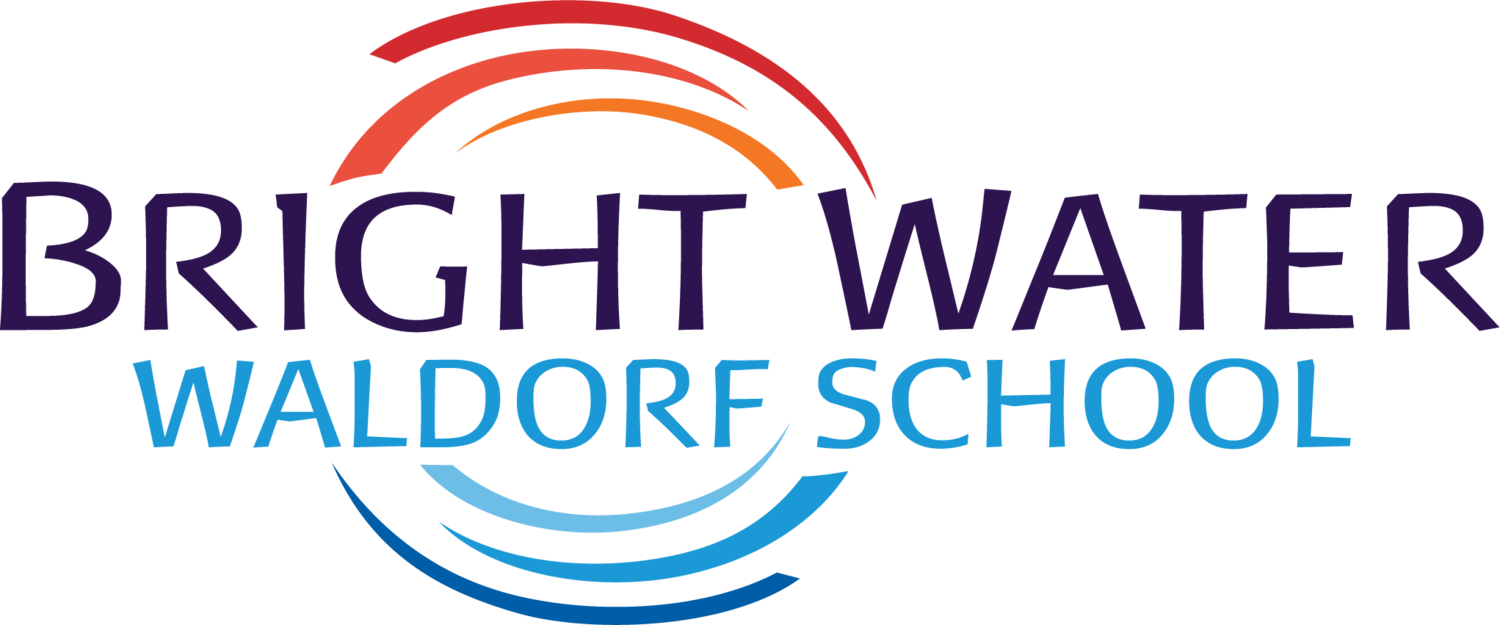We know that choosing the right school for your child is one of the most important decisions you will make. We endeavor to make this process as easy as possible by answering any questions you may have.
Below we have provided some of the most frequently asked questions about Waldorf education, along with our resources page which provides both articles and videos. If you would like to learn more about us, please consider joining us for a tour by contacting our Admissions Office.
FAQ
+ Is Waldorf similar to Montessori?
These two educational approaches began with a similar goal: to design a curriculum that was developmentally appropriate to the child and that addressed the child's need to learn in a tactile as well as an intellectual way. The philosophies are otherwise very different.
+ Why do Waldorf schools suggest limiting media?
Waldorf teachers appreciate that technology must assume a role in education, but at the appropriate developmental stage, when a young person has reached the intellectual maturity to reason abstractly and process concretely on his or her own, which is at around the age of 14. Society might challenge this principle, as many young children are well able to complete sophisticated tasks on a computer; the Waldorf perspective is that computer exposure should not be based on capability but on developmental appropriateness. While many applaud adult-like thinking in young children, we observe that a child’s natural, instinctive, creative and curious way of relating to the world may be repressed when technology is introduced into learning environments at an early age.
~ Excerpt from NY Times Opinion, 5/2014, Author, Beverly Amico
For more information on Bright Water’s Philosophy and Policies on media, please [Click Here].
+ When is reading introduced?
Waldorf teachers begin teaching reading in the first couple months of first grade by teaching consonants and vowel names and sounds through an artistic approach of drawing, painting, movement, and speech. This artistic, deliberate process engages the children with great interest, and by the end of first grade, children are writing and reading sentences and short texts. Students typically begin reading printed readers with their teacher during the second half of second grade. This thorough and artistic approach to teaching literacy has been proven to build a solid base for advanced comprehension and vocabulary skills in later years.
+ Are Waldorf schools religious?
Waldorf schools are non-sectarian and non-denominational. They educate all children, regardless of their cultural or religious backgrounds. The pedagogical method is comprehensive, and, as part of its task, seeks to bring about recognition and understanding of all the world cultures and religions. Waldorf schools are not part of any church. They espouse no particular religious doctrine but are based on a belief that there is a spiritual dimension to the human being and to all of life. Waldorf families come from a broad spectrum of religious traditions and interest.

